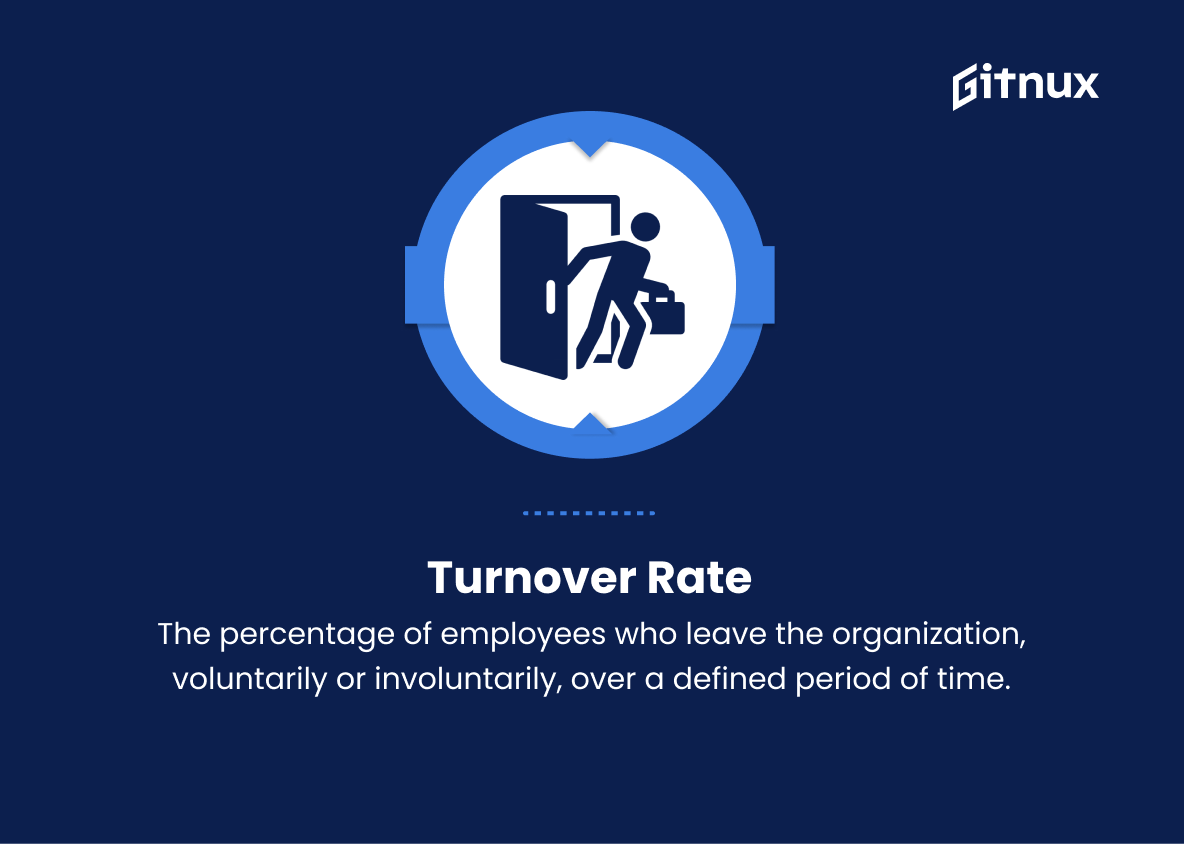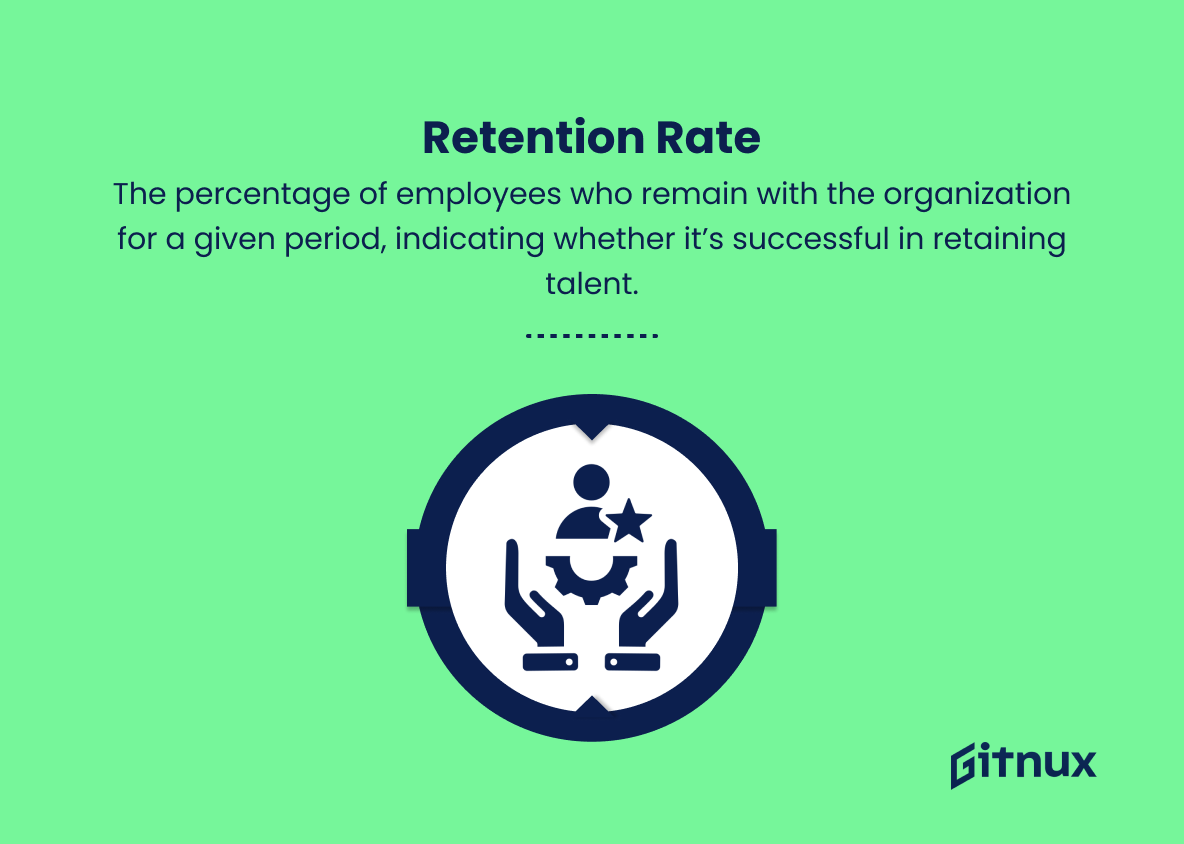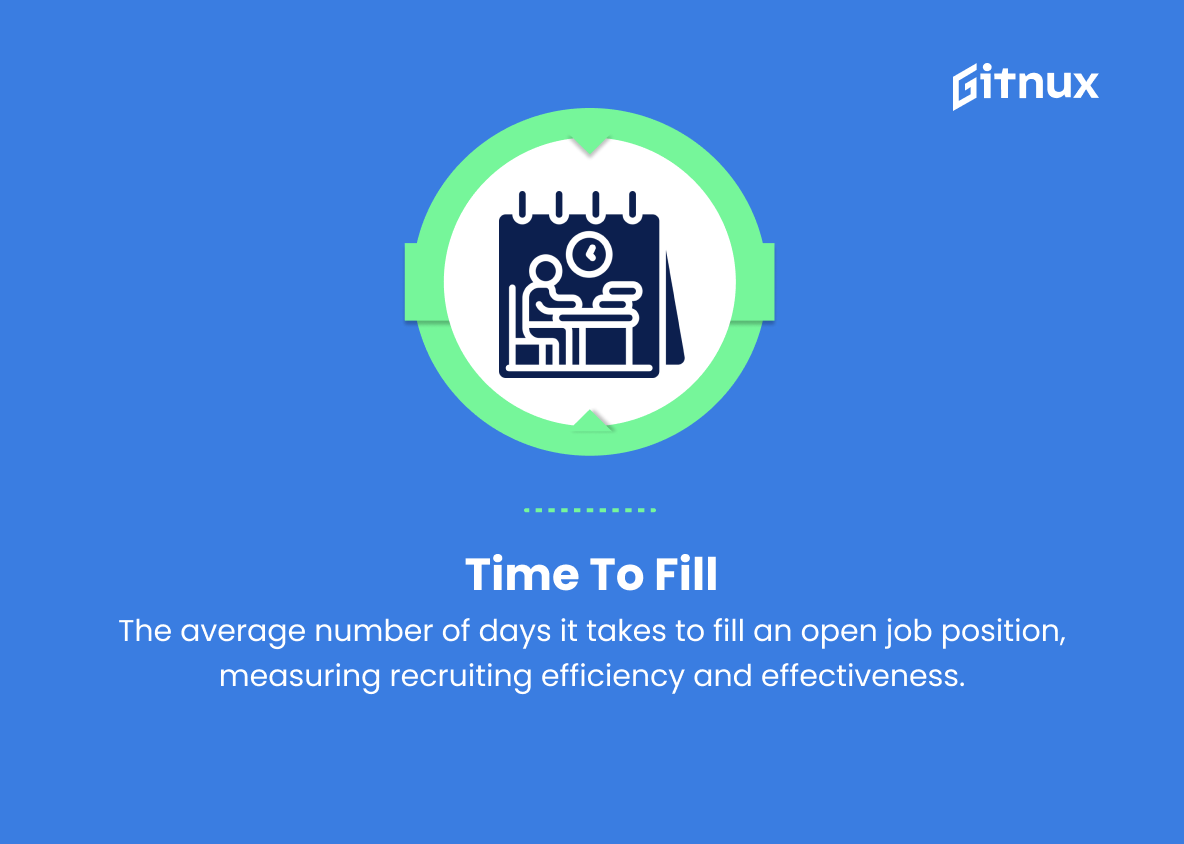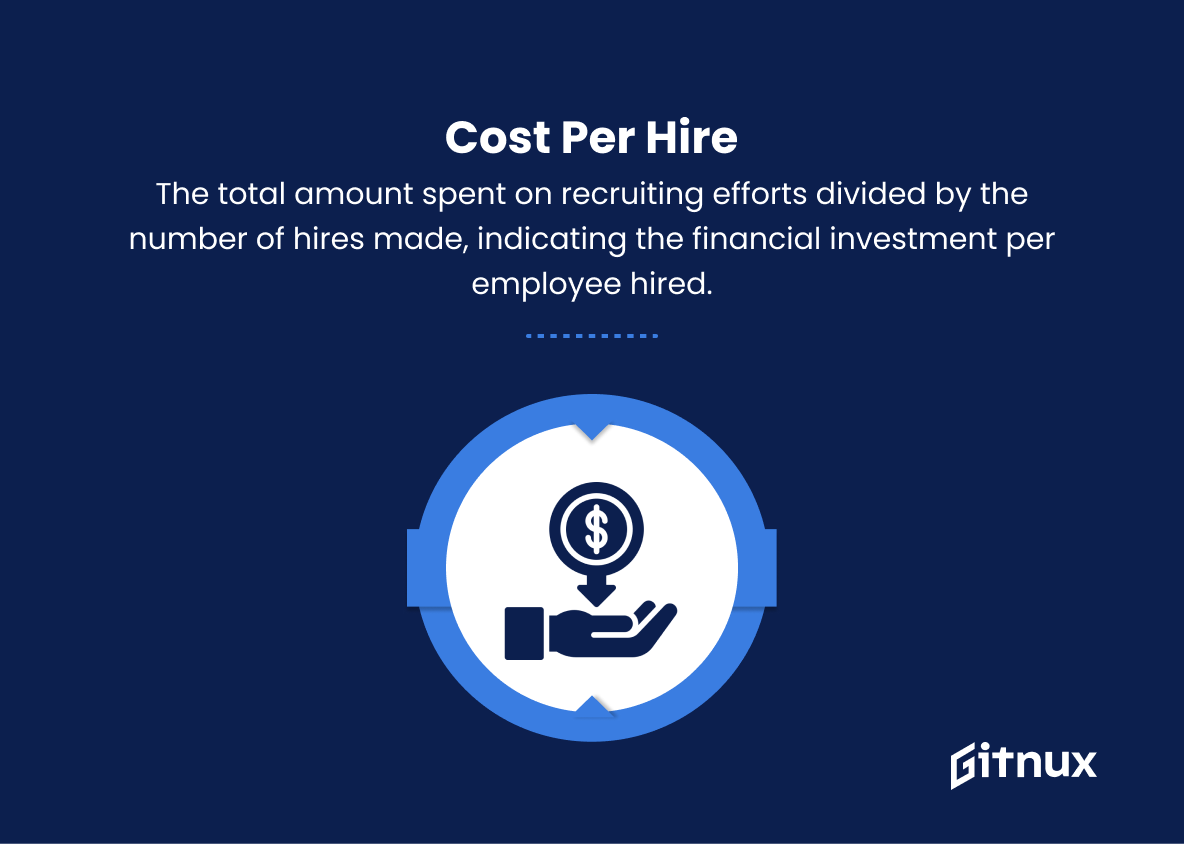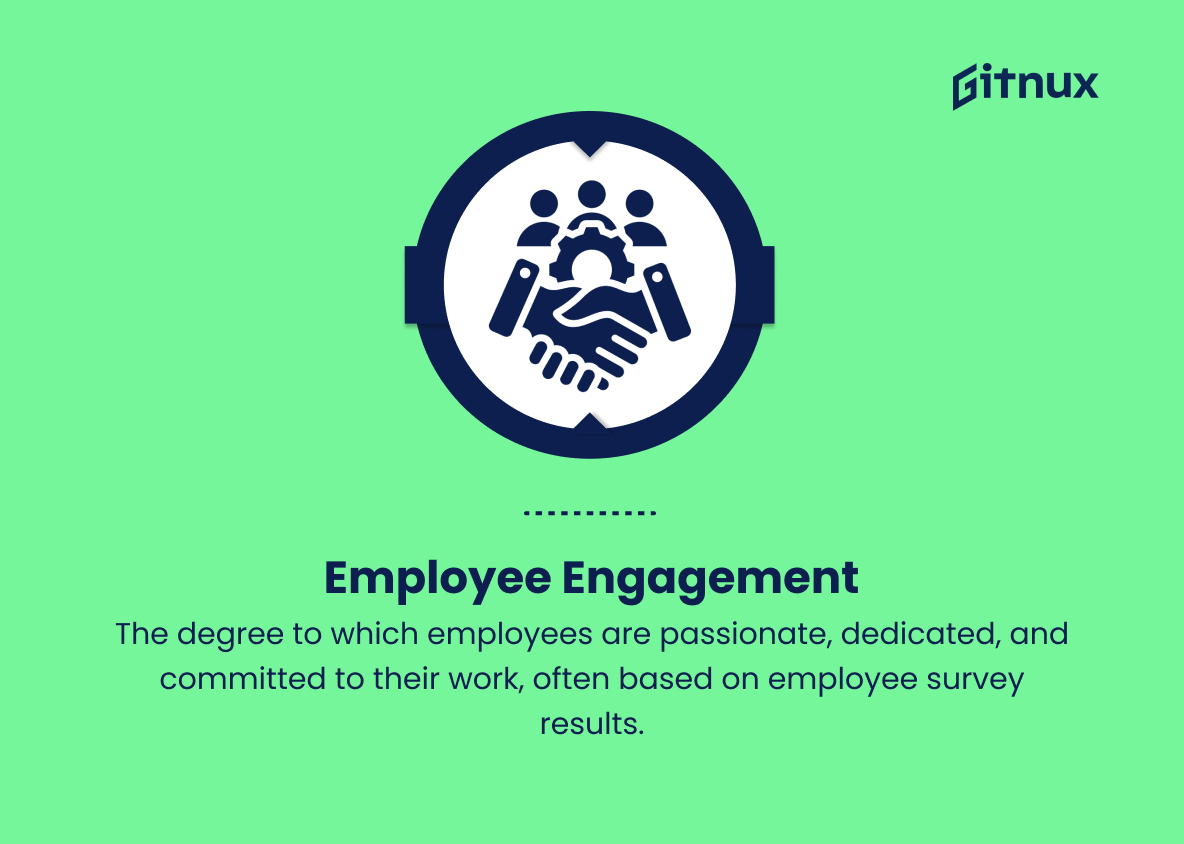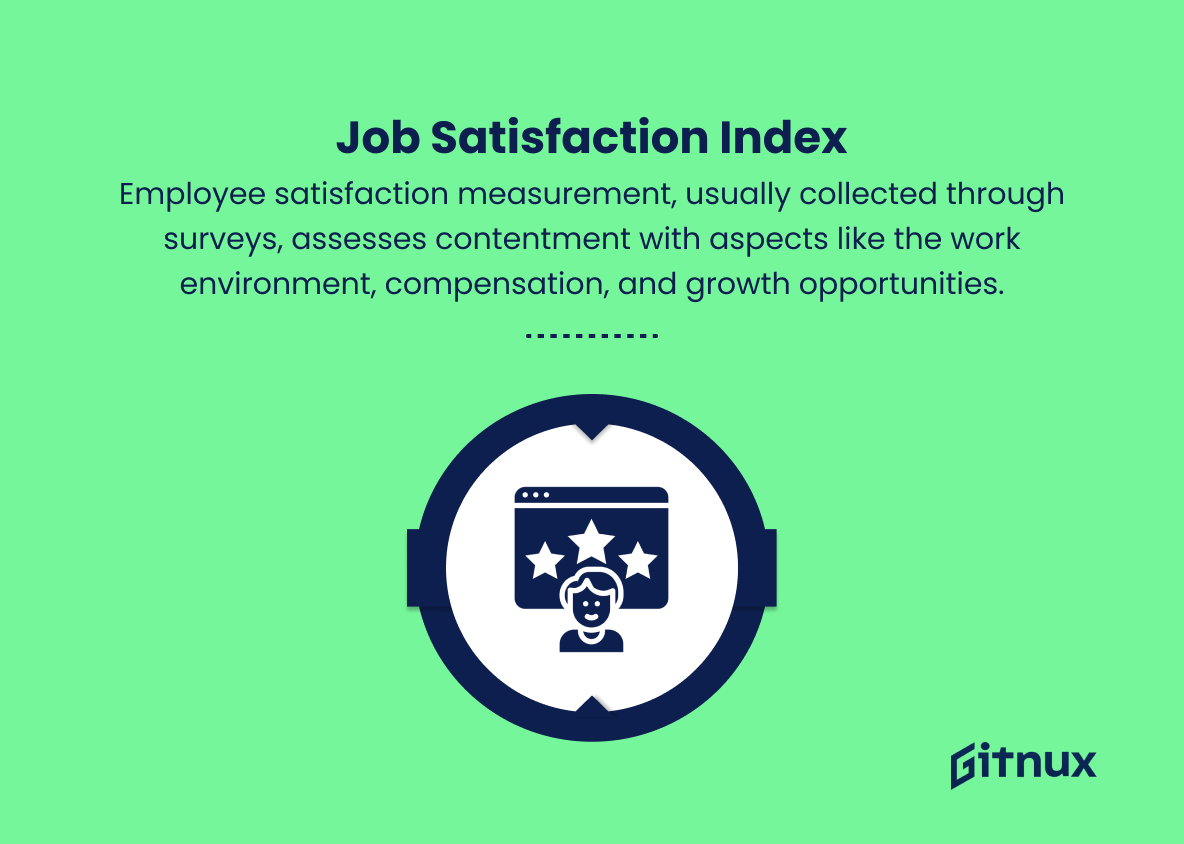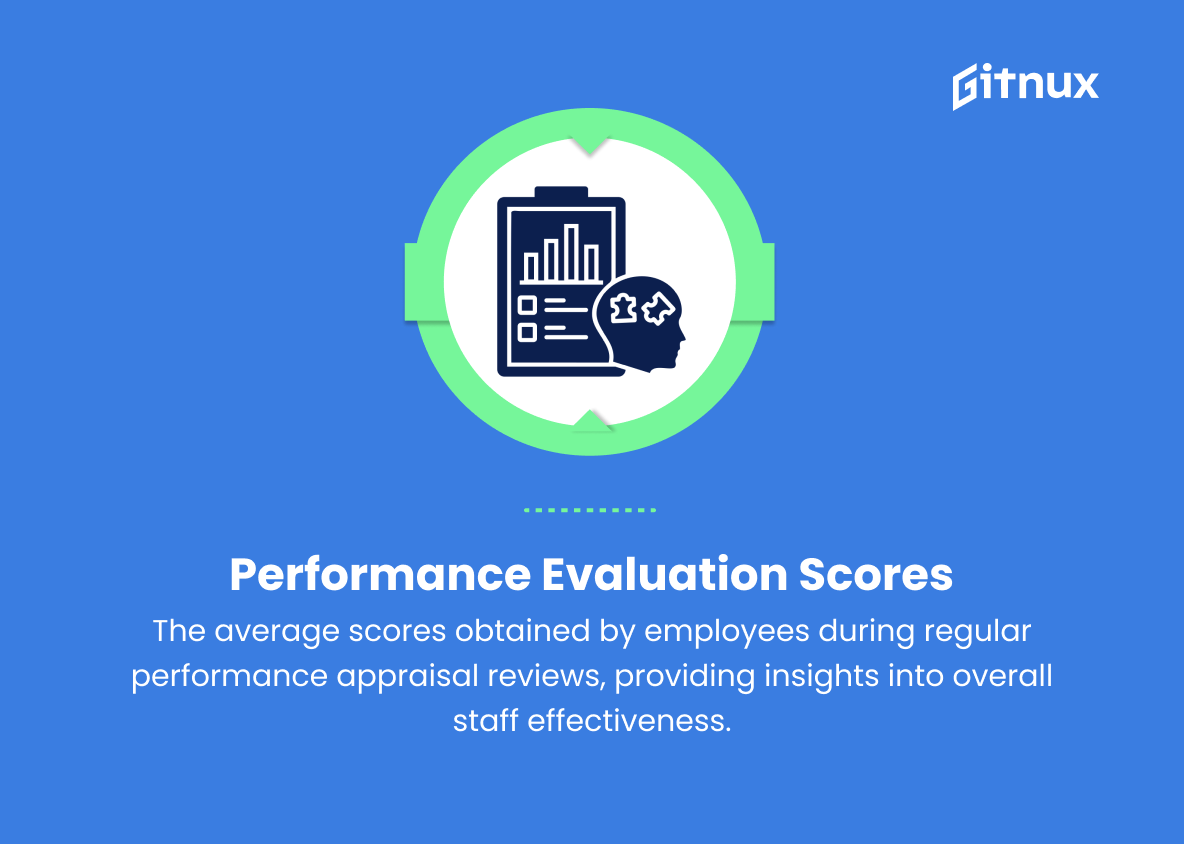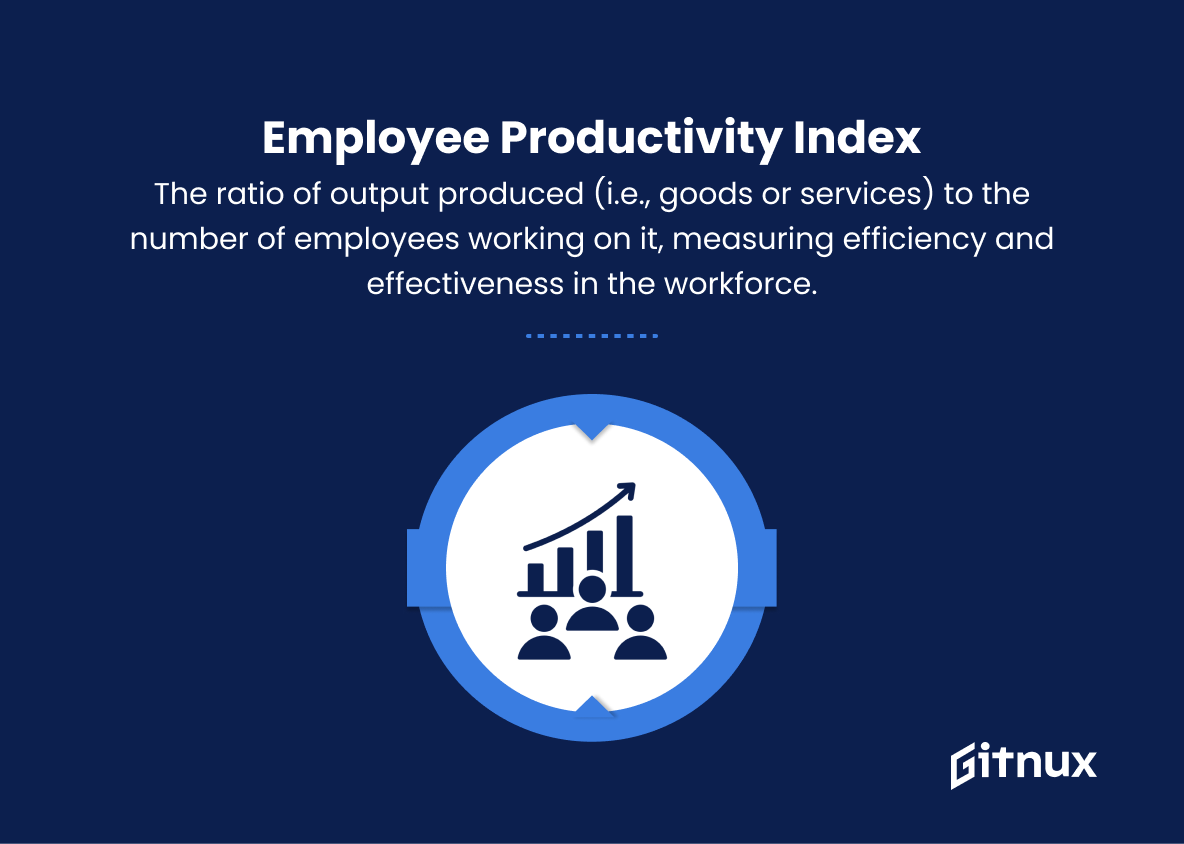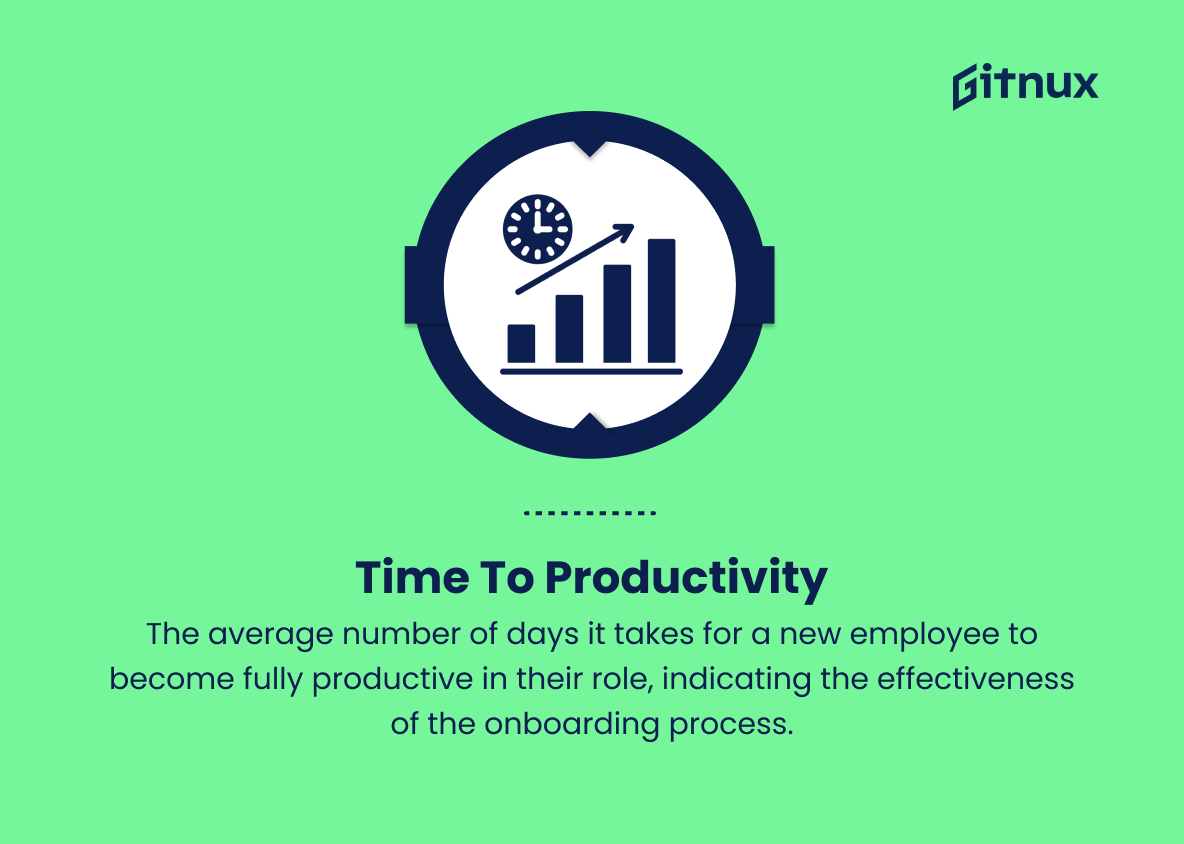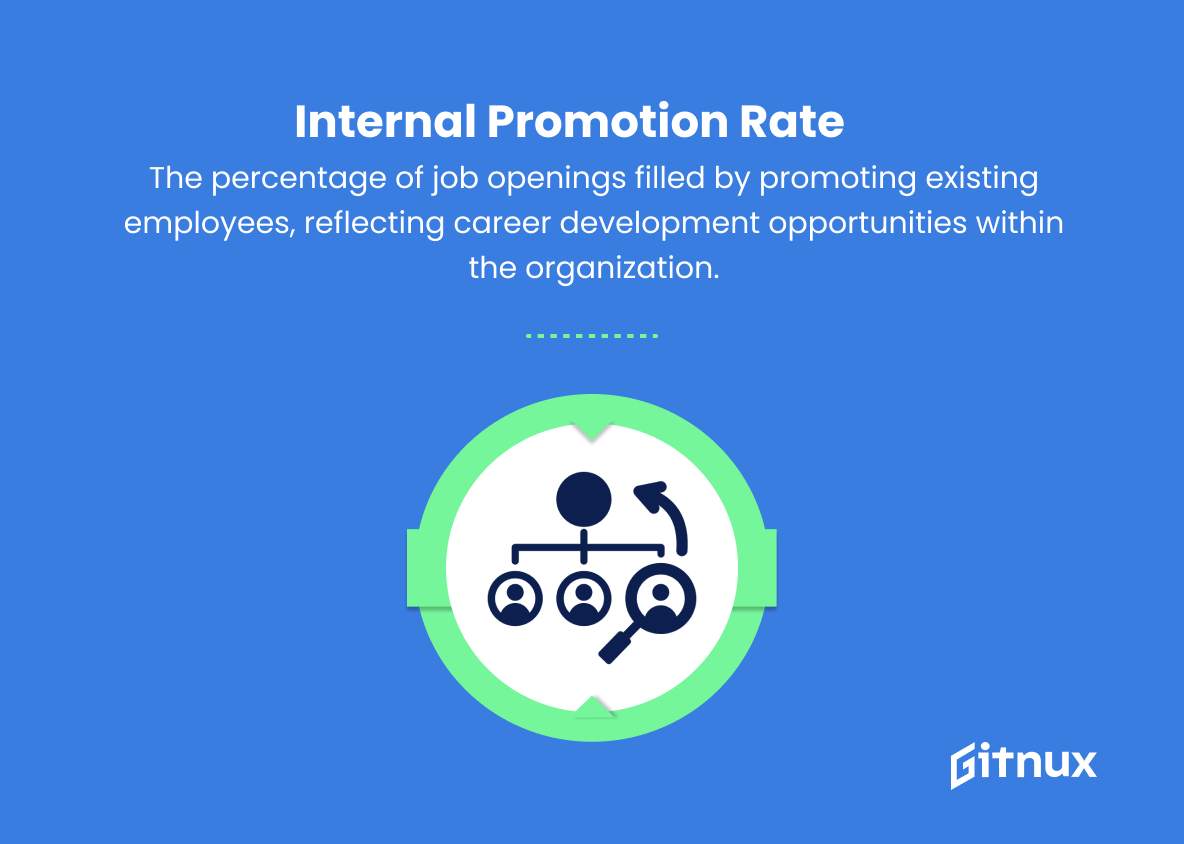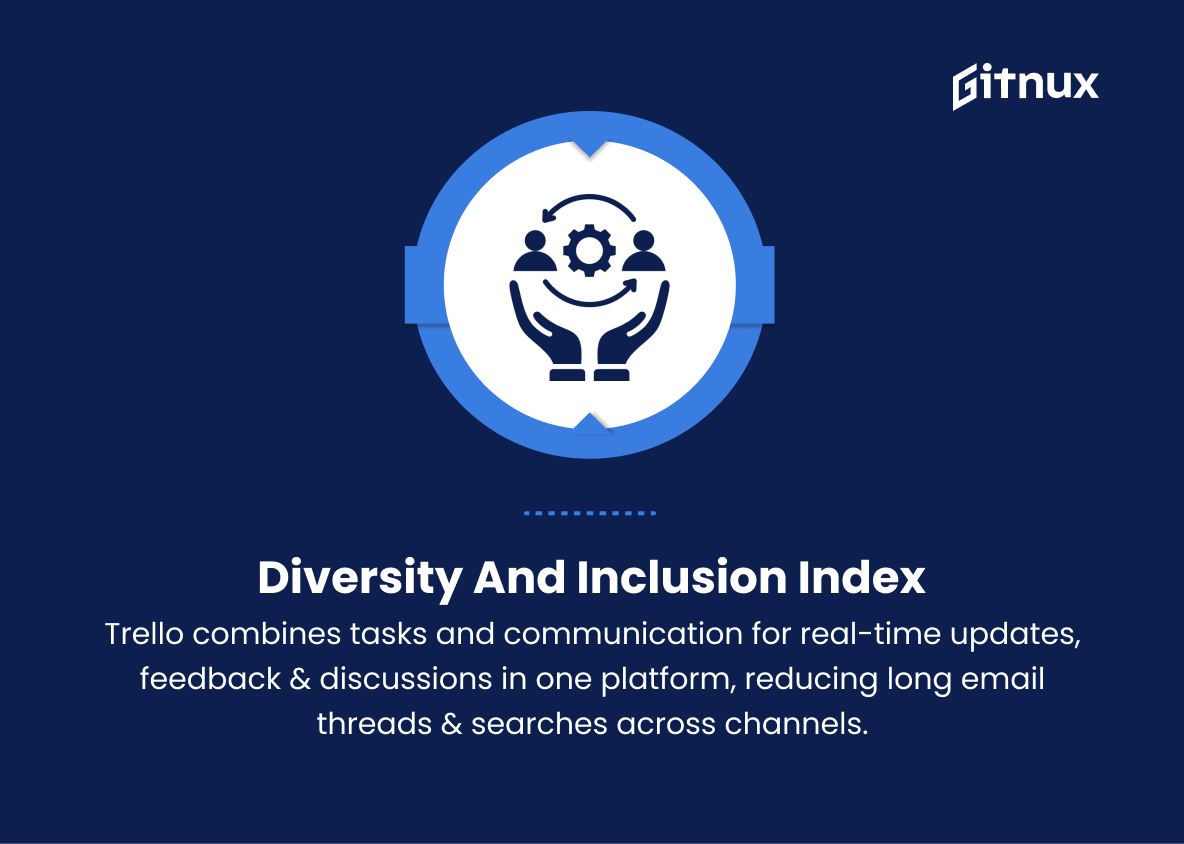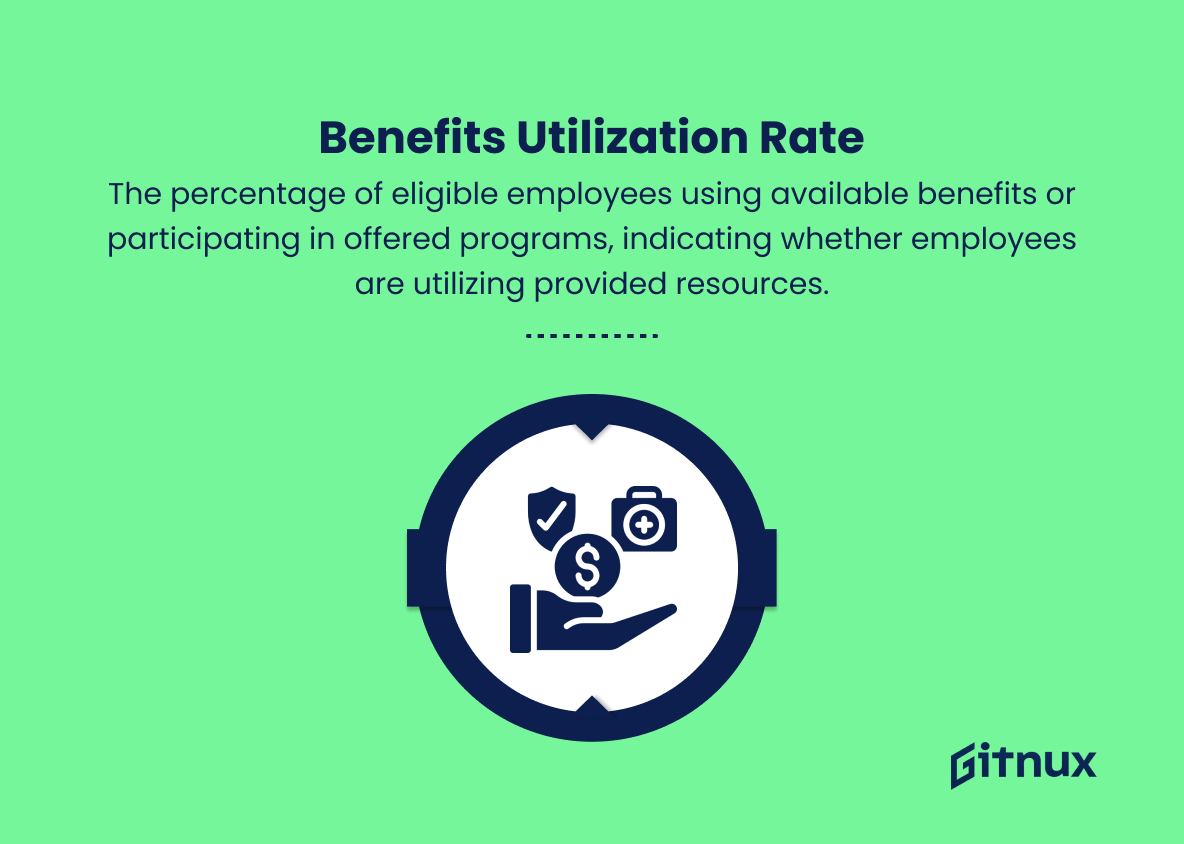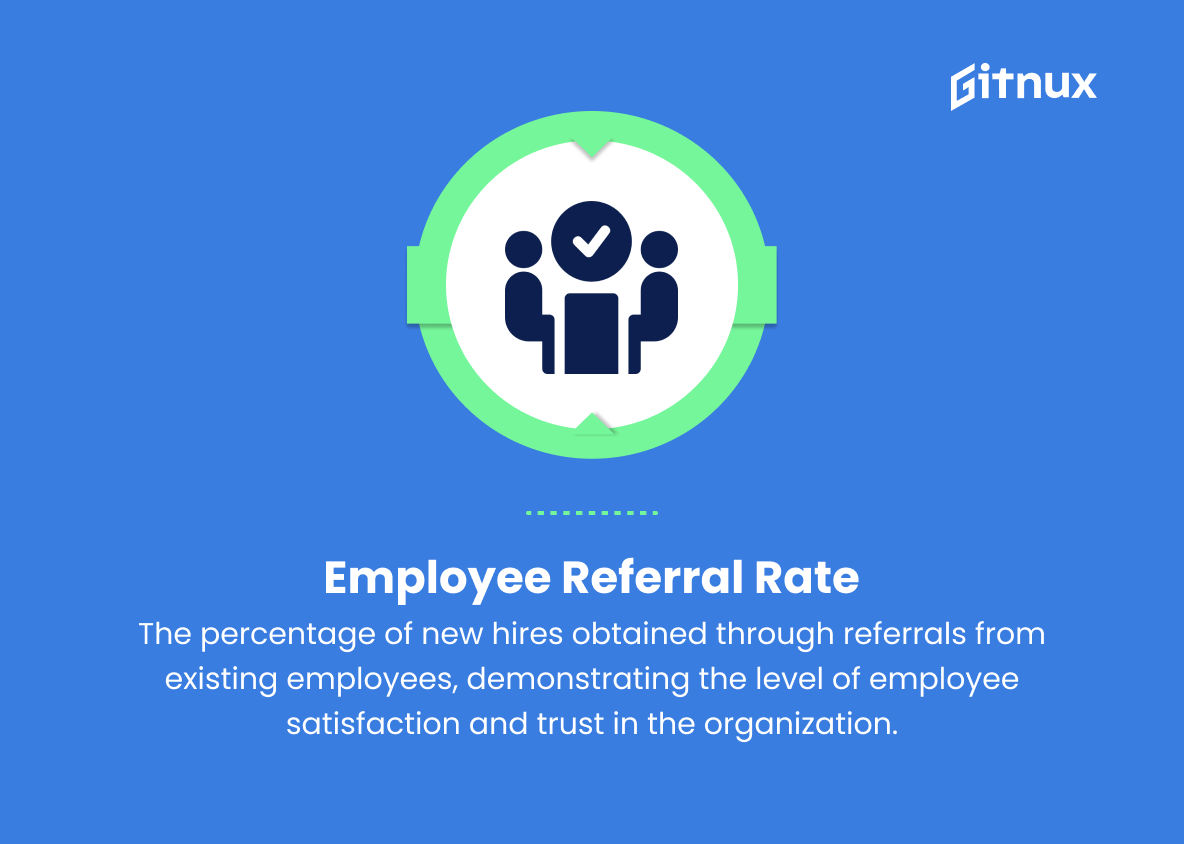In today’s fast-paced and increasingly complex business environment, organizations must continually adapt and improve to stay ahead of the competition. To do so effectively, they must have a deep understanding of their most critical asset – their human resources. Enter the crucial role of Human Resources Metrics, the quantitative measures used to assess the efficiency, effectiveness, and overall success of an organization’s human resources functions.
In this insightful blog post, we will delve into the importance of these metrics, explore some of the most impactful KPIs, and provide strategies for implementing them effectively in your organization to drive continuous improvement and sustained success. So, fasten your seatbelts as we embark on a journey that can revolutionize your approach to HR management and fuel your organization’s growth in ways you never thought possible.
Human Resources Metrics You Should Know
1. Turnover Rate
The percentage of employees who leave the organization, voluntarily or involuntarily, over a defined period of time.
2. Retention Rate
The percentage of employees who remain with the organization for a given period, indicating whether it’s successful in retaining talent.
3. Time to Fill
The average number of days it takes to fill an open job position, measuring recruiting efficiency and effectiveness.
4. Cost per Hire
The total amount spent on recruiting efforts divided by the number of hires made, indicating the financial investment per employee hired.
5. Employee Engagement
The degree to which employees are passionate, dedicated, and committed to their work, often based on employee survey results.
6. Absenteeism rate
The ratio of days lost due to unscheduled absences (unplanned sick days, personal matters) to the total number of days scheduled to be worked.
7. Training Expense per Employee
The total cost of training initiatives and programs divided by the number of employees, reflecting the organization’s investment in employee development.
8. Job Satisfaction Index
A measure of employee satisfaction with a variety of factors such as work environment, compensation, and opportunities for growth, typically gathered through employee surveys.
9. Performance Evaluation Scores
The average scores obtained by employees during regular performance appraisal reviews, providing insights into overall staff effectiveness.
10. Employee Productivity Index
The ratio of output produced (i.e., goods or services) to the number of employees working on it, measuring efficiency and effectiveness in the workforce.
11. Time to Productivity
The average number of days it takes for a new employee to become fully productive in their role, indicating the effectiveness of the onboarding process.
12. Internal Promotion Rate
The percentage of job openings filled by promoting existing employees, reflecting career development opportunities within the organization.
13. Diversity and Inclusion Index
A measure reflecting the composition of the workforce in terms of gender, race, ethnicity, age, and diverse backgrounds, indicating how inclusive the organization is.
14. Benefits Utilization Rate
The percentage of eligible employees using the available benefits or participating in the programs offered, showing whether employees are taking advantage of the provided resources.
15. Employee Referral Rate
The percentage of new hires obtained through referrals from existing employees, demonstrating the level of employee satisfaction and trust in the organization.
Human Resources Metrics Explained
Human Resources Metrics matter as they provide valuable insights into the overall health and effectiveness of an organization’s workforce. Turnover and retention rates help assess the company’s ability to keep talented employees, while time to fill, cost per hire, and employee referral rate reflect the efficiency and success of recruiting efforts. Employee engagement, absenteeism rate, and job satisfaction index are crucial indicators of morale and the workplace environment. Training expense per employee and time to productivity demonstrate how well the organization invests in employee development and onboarding.
Performance evaluation scores and employee productivity index reveal the competence and effectiveness of the workforce. Meanwhile, internal promotion rate indicates career growth opportunities, and diversity and inclusion index show the company’s commitment to fostering a diverse and inclusive workplace. Lastly, the benefits utilization rate offers insight into how well employees are taking advantage of the resources provided for their well-being. These metrics, when analyzed together, enable organizations to make informed decisions and improve their human resource management strategies.
Conclusion
In conclusion, effective use of human resources metrics is essential for the overall success of a modern organization. By monitoring and measuring performance, engagement, recruitment, retention, and overall employee satisfaction, management can gain valuable insights into the inner workings of their organization. This enables HR teams to develop more efficient strategies, improve decision-making processes, and ultimately boost productivity and profits.
In today’s dynamic and fast-paced business environment, leveraging human resources metrics is no longer an option but a necessity to stay competitive and foster a thriving company culture. So, invest in understanding and utilizing these metrics, and watch your organization flourish.
